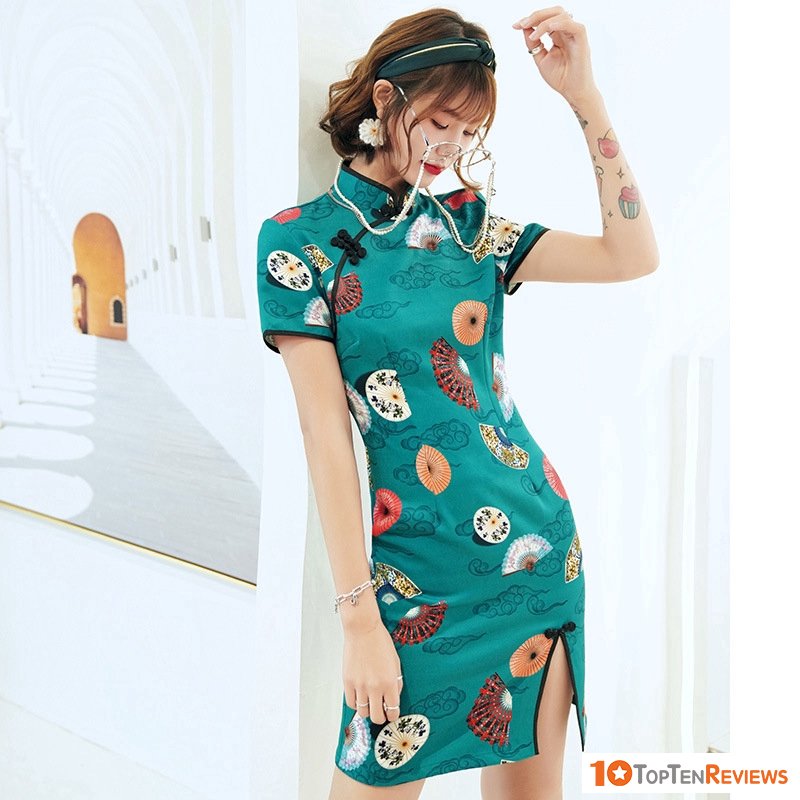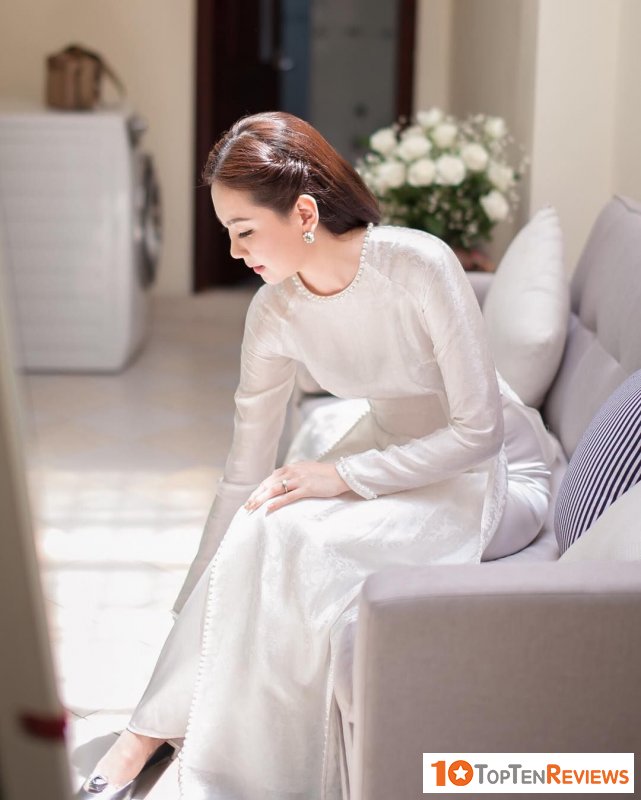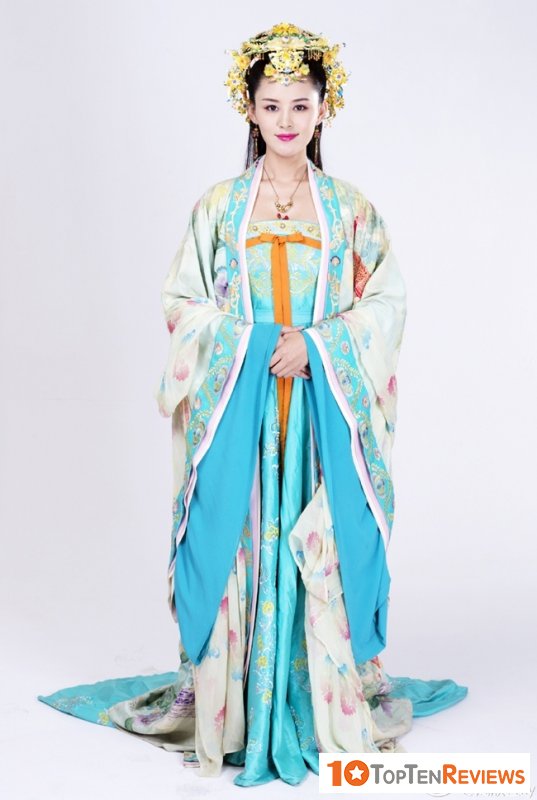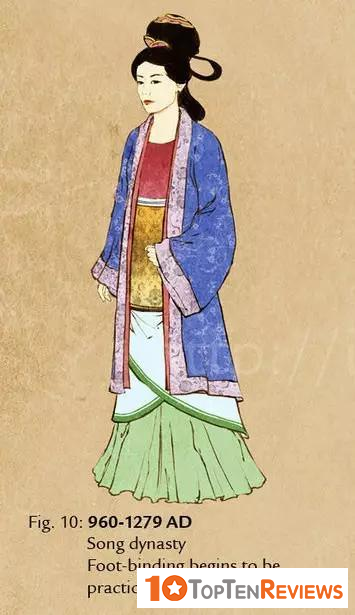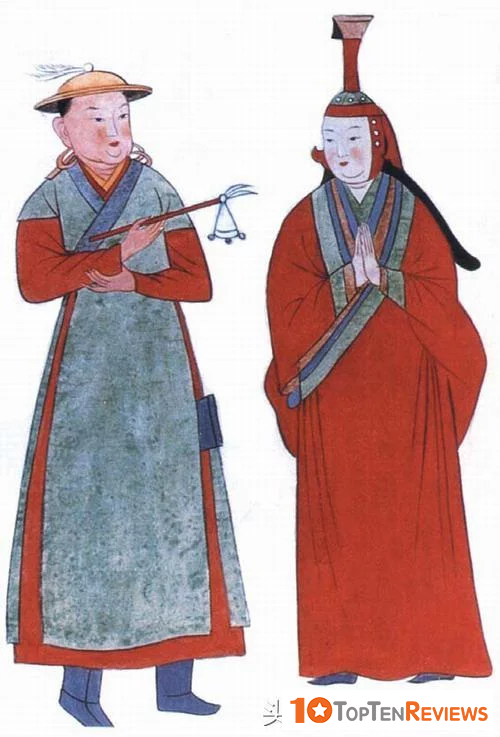Each country has its own costume. This is a way to express the culture and national beauty. With a culture of thousands of years of history, China has carved apart the traditional costumes. Let's learn about the Chinese traditional dress through the periods with Top Ten Reviews!
- What is the Chinese traditional dress?
- Chinese traditional dress through the dynasties
- Compare Cheongsam and Ao Dai
What is the Chinese traditional dress?
The name of the current Chinese traditional dress is Cheongsam. Cheongsam is the traditional costume of Chinese girls that appeared from the Qing Dynasty. Cheongsam often has a high round neck, close-fitting, narrow sleeves, slits on the sides. There are rows of buttons connecting the flaps together.
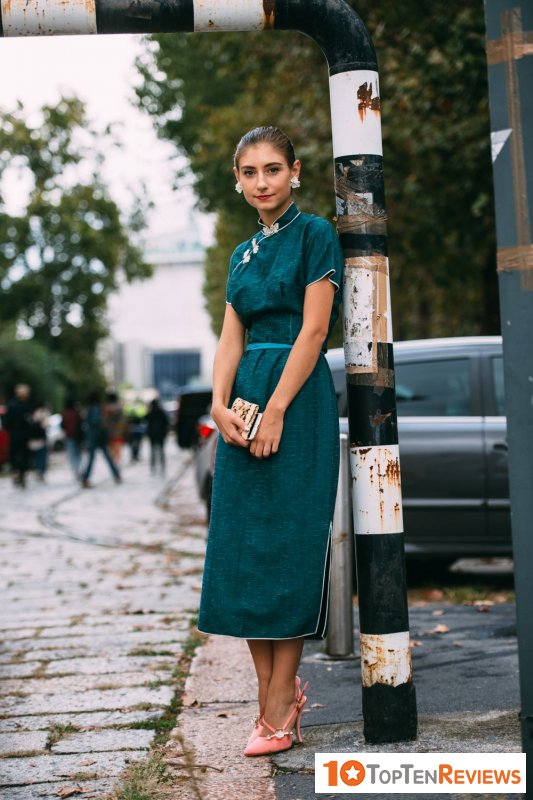
Cheongsam is also known by many other names, such as Truong Sam and Ky Bao. The word "Ky Bao," which means "long coat of the Qing people," became the daily clothing of young Qing Dynasty girls after the Manchu leader Nurhaci established the Battalion regime. States, division of tribes according to administrative units.
According to Chinese cultural tradition, CheongsamCheongsam is sewn with silk, embroidered with five-color flowers or multi-colored threads, hugging the body but not tight to the body, high neck, and straight hem. Since the early 20th century, CheongsamCheongsam has changed quite a lot in terms of structure. For example, the channel is erect, only the two sides of the shirt are split, hugging the body, the sleeves can be attached or detached. And starting from the twenties, the CheongsamCheongsam appeared gradually on the streets of Shanghai and then spread to Suzhou, Hangzhou, Yangzhou… Then, due to the influence of western culture, the CheongsamCheongsam had some changes. New compared to the Manchu Dynasty: The collar can be round, high or split, and the sleeves can be flared or cut short depending on the design. Moreover, the shirt's shape can be shortened to the length of the skirt. The skirt is separate with a deep slit to better match the increasingly sexy trend.
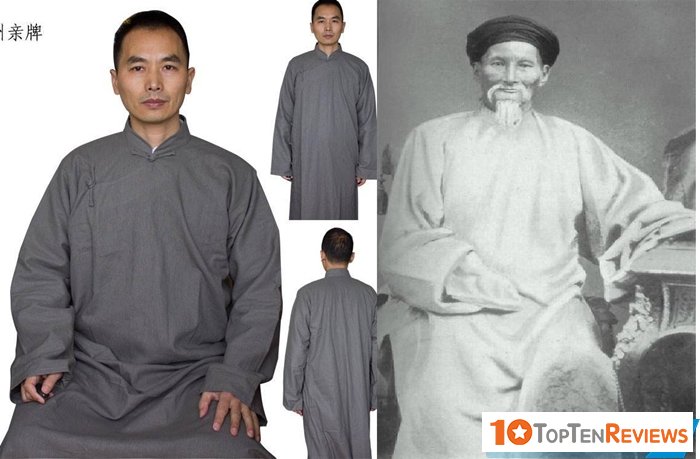
If Cheongsam is a traditional costume that enhances the beauty of Chinese women, Truong Pao and Ma Quai are traditional costumes of Chinese men.
Truong Bao, Ma Quai (a form of outerwear), these two costumes are Manchu, round neck shirts, narrow door sleeves. Ma Quai usually has a middle slit, knotted pipes. Sleeves are U-shaped, while Truong Pao is usually slit.
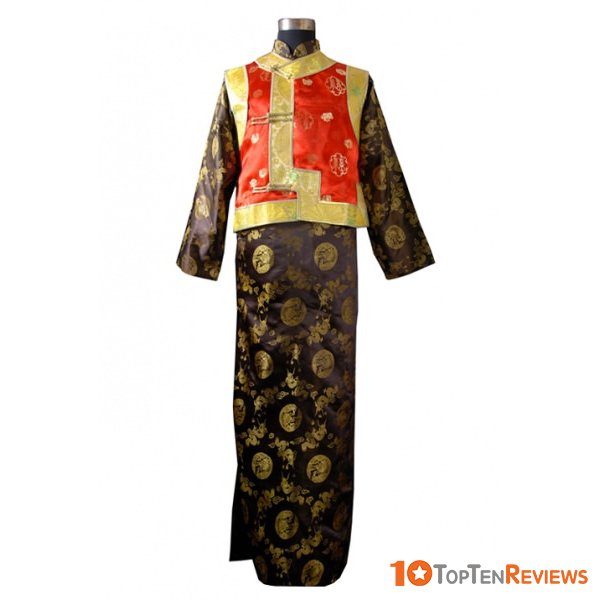
There is also a type of costume that is a combination of Truong Pao and Ma Quai, this costume only has the bottom flap of Truong Pao, and the upper part is Ma Quai. The two pieces are connected by a strip of buttons attached to the inside of the shirt. Truong Bao, wearing these two costumes, shows solemnity and brings the wearer a natural and comfortable feeling.
Chinese traditional dress through the dynasties
- Xia Dynasty costume
- Zhou Dynasty costumes
- Qin Dynasty Costumes
- Han Dynasty costume
- Tang Dynasty Costumes
- Song Dynasty Costumes
- Yuan Dynasty Costume
- Ming Dynasty Costumes
- Qing Dynasty Costumes
Xia Dynasty costume
The Xia Dynasty is the earliest feudal dynasty of China. The costumes under this period took black as the primary color. The costume consists of two main parts, the top shirt, and the bottom pants. The upper shirt represents heaven. Before the Minh dynasty, the concept of heaven was black, so the upper shirt was usually black. The bottom pants represent the earth. The earth is yellow, so the bottom pants are yellow. Costumes of this era are mainly black and gold, straightforward.
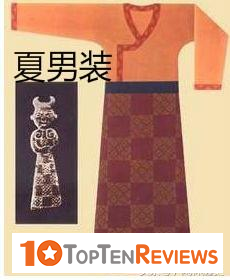
Zhou Dynasty costumes
During the Zhou Dynasty, the upper part of the shirt had two sleeves: large and small, the collar folds to the left, without buttons or buttons, but often using a belt to tighten at the waist, which can be carried with jade in this belt. The length of the pants or skirt, the short flap reaches the knee, the long dress reaches the ground.
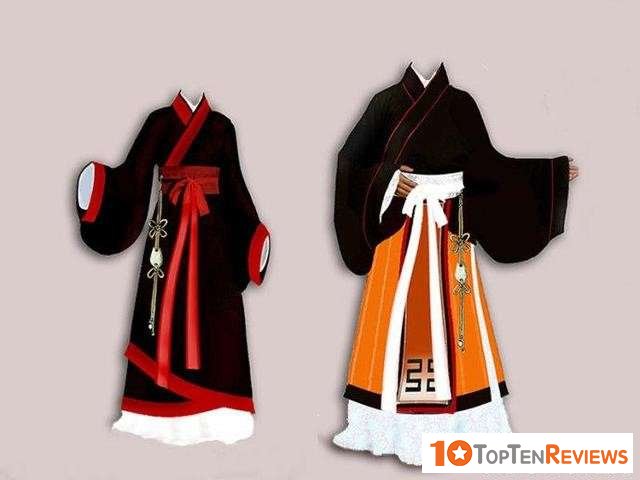
Qin Dynasty Costumes
The Qin Dynasty was the first feudal dynasty of China. Society changed from slavery to feudalism, so the clothes in the Qin Dynasty had significant changes. Emperor Qin Shi Huang prescribed that the emperor wore a dragon robe and a jade hat; black and yellow were noble colors, and commoners were only allowed to wear white.
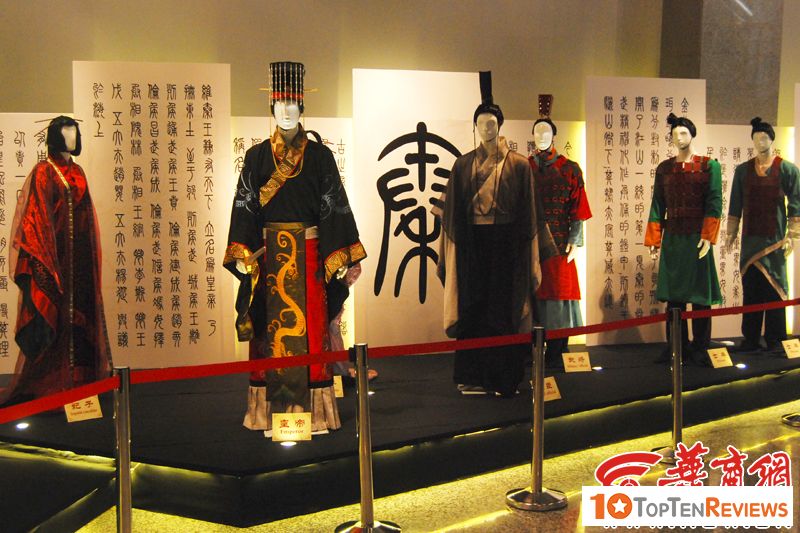
Han Dynasty costume
The costumes of the Han Dynasty are pretty similar to those of the Qin Dynasty, but the Han Dynasty costumes have brighter colors.
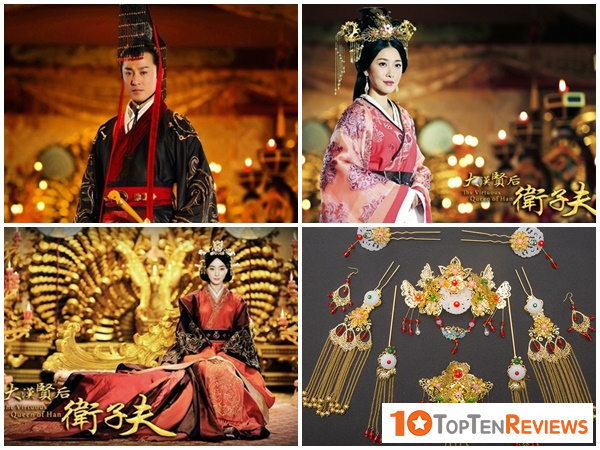
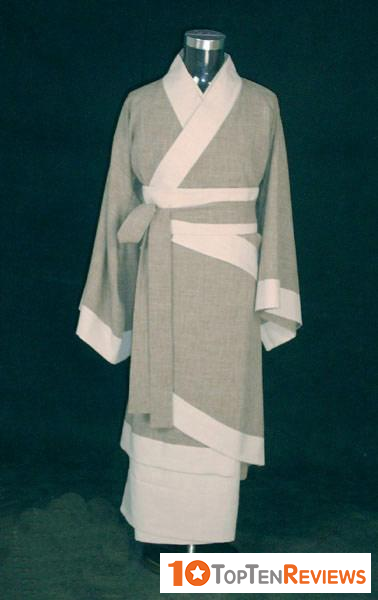
Tang Dynasty Costumes
Considered the most prosperous dynasty in China. The clothing of the Tang Dynasty had a significant change in style. If women's costumes were relatively discreet in the previous and later dynasties, it was a bit "showing off in the Tang Dynasty." Moreover, the Tang dynasty had bright colors instead of the earlier dynasties taking black, red, and white fabric tones as the primary colors for costumes. The main color of the king and the royal family was a yellow needle.
![]() Song Dynasty Costumes
Song Dynasty Costumes
Song Dynasty costumes are considered to be quite luxurious, even those of commoners. Women's costumes in the Song Dynasty were usually a short shirt with tight sleeves on top, a long skirt underneath, and often a long shirt with two symmetrical flaps.
![]() Yuan Dynasty Costume
Yuan Dynasty Costume
The Yuan Dynasty was the dominant dynasty of the Mongols. The main dress of this period was the 《质孙服》- which was a relatively short and tight robe, with many folds at the waist, which was very convenient for horseback riding. Women of the aristocracy often wore a long, high-top hat called <罟罟冠>, they often wore long and wide robes, it was very inconvenient when walking, so there would usually be two maids behind to help the owner of the shirt. Robes are typically made of woven green or red brocade, silk, wool, or wool. Commoner-class women usually wear black robes.
![]() Ming Dynasty Costumes
Ming Dynasty Costumes
After Chu Nguyen Chuong unified the world, the Ming dynasty began to restore Han ethnic costumes, the style of the costumes was much like the Tang Dynasty, the folds of the shirt folded to the right, and the women's clothes had three folds. Aristocratic women of the Ming Dynasty often wore long robes with wide red sleeves, and commoner women were only allowed to wear light, peach, and purple clothes.
Usually, they wear short dresses and long skirts, the waist has a silk belt, the skirt is vast and has many designs such as pleated skirts, phoenix tail skirts. Men who work as mandarins often wear blue burlap one-piece ao dai, square turbans on their heads, commoners wear short shirts and scarves.
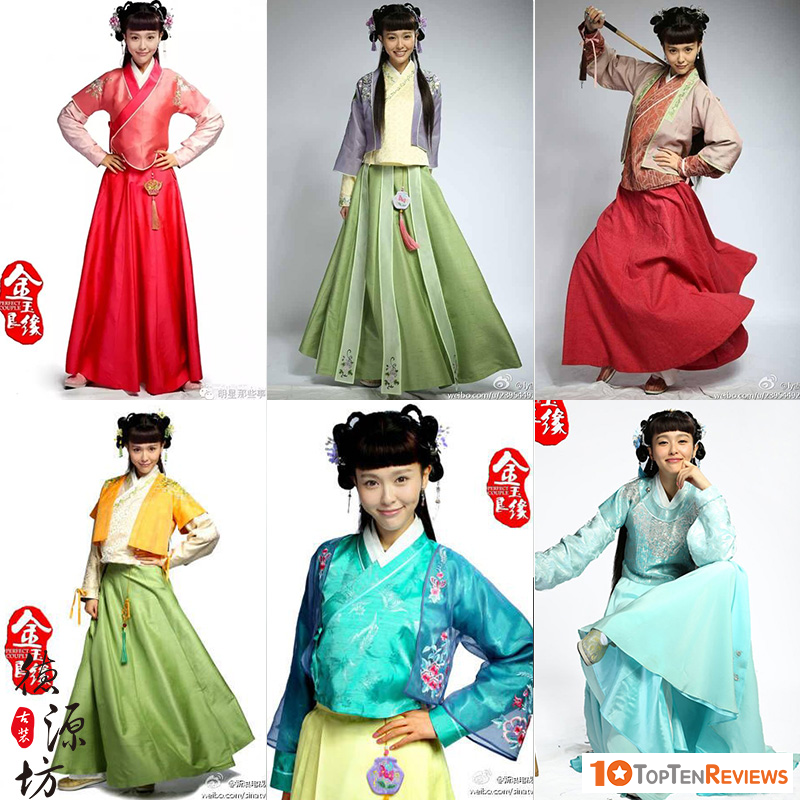
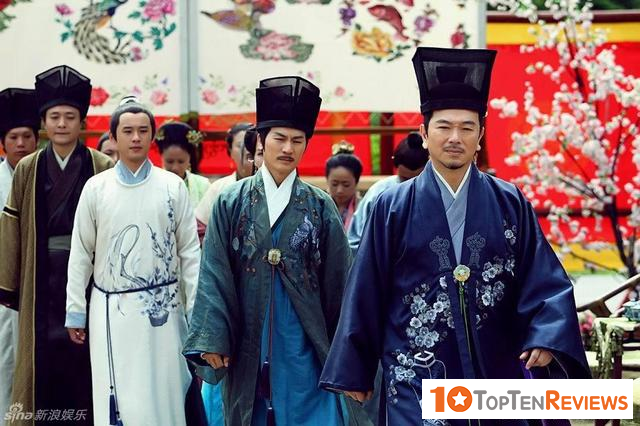
Qing Dynasty Costumes
During the Qing Dynasty, under the domination of the Manchus, the Han dress disappeared and was replaced by the Manchu dress with short and narrow sleeves, a rectangular body, and relatively slender. Saddle collar, no belt. The button is located on the front, the right side is decorative.
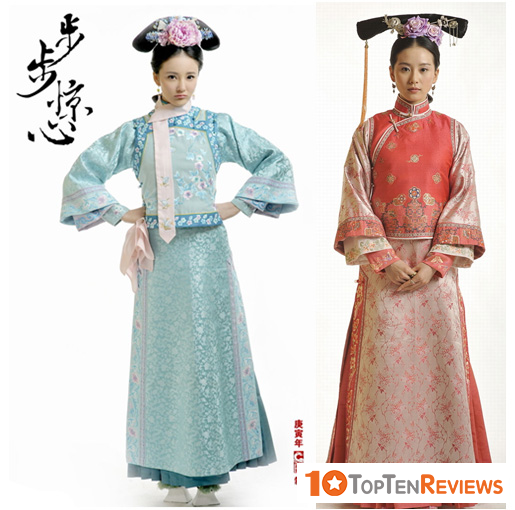
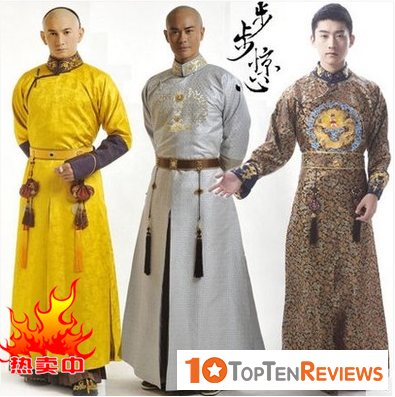
Compare Cheongsam and Ao Dai
If Cheongsam is the pride of China, Vietnam also has a charming ao dai. At first glance, Cheongsam and Ao Dai look quite similar, but in fact, many differences need to be clarified to avoid confusion:
- Cheongsam does not sew raglan sleeves. Ao dai is the opposite. However, there are many styles of Ao Dai, and many styles also do not have raglan sleeves.
- The rib has a knotted or curved lapel, while the ao dai follows the raglan line or does not.
- Regarding buttons, bras usually use typical fabric buttons by tying fabric strings and creating complex shapes, while buttons or long hangers are used for button-down dresses.
- Regarding the split part, the Ao Dai is often cut deep, across the waist or up a bit, and reveals a little "flesh" at the waist. As for the CheongsamCheongsam, the line is slit from the hip level or from the knee level.
- The hem of the ao dai tends to spread out towards the back, while the CheongsamCheongsam tends to curve inward.
– Ao dai always has sleeves, whether short or long, except for some designers who like novelty and have a sleeveless design with a camisole, while the CheongsamCheongsam has sleeves or no sleeves.
